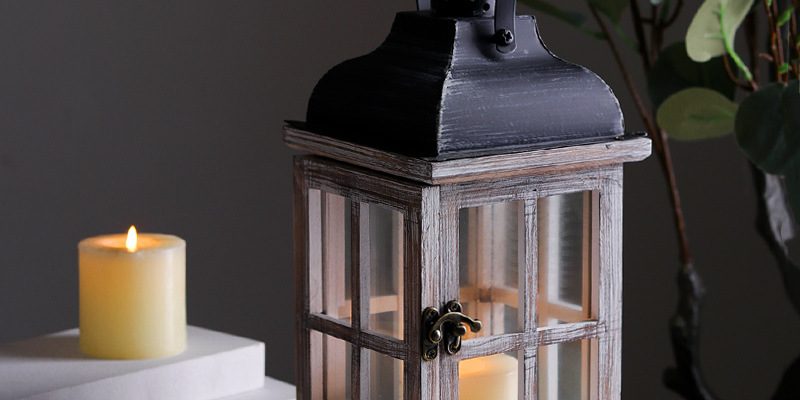Decorative lanterns have transcended their utilitarian purpose to become powerful symbols in various cultures around the world. These symbols often carry deep meaning and significance. In this article, we explore the symbolism of decorative lanterns in different cultures and their cultural importance.
Chinese Lanterns:
In Chinese culture, lanterns symbolize good luck, prosperity, and a bright future. They are prominently featured during the Lunar New Year celebrations, symbolizing the wish for a prosperous year ahead. Traditional red lanterns are believed to ward off evil spirits.
Moroccan Lanterns:
Moroccan lanterns are known for their intricate metalwork and colorful glass panels. These lanterns are associated with hospitality and are often used to welcome guests into homes. They symbolize warmth, friendship, and the beauty of Moroccan craftsmanship.
Japanese Lanterns:
Japanese lanterns, known as “andon,” have a deep connection to traditional tea ceremonies and spiritual rituals. They represent illumination of the spirit and are often used to guide ancestors’ spirits during the Obon festival. They also symbolize peace and harmony.
Indian Lanterns:
In India, lanterns play a significant role in various festivals, such as Diwali, the Festival of Lights. They symbolize the victory of light over darkness and good over evil. People light lanterns to celebrate the triumph of knowledge and wisdom.
Conclusion:
Decorative lanterns hold diverse symbolism across cultures, reflecting the values and traditions of each society. Whether they represent luck, hospitality, spirituality, or celebration, these lanterns serve as powerful cultural symbols that continue to enrich our lives and traditions.


















